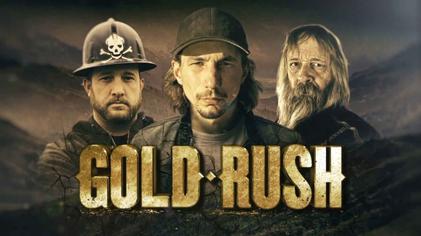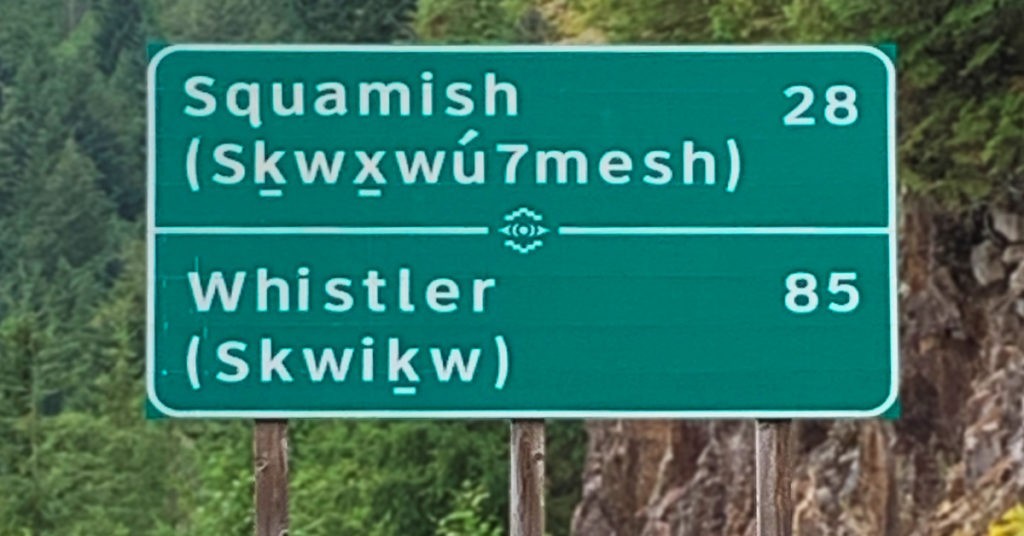Module 2 – Entry 5 – Tyler Ohashi
In the May/June issue of BCTF’s Teacher magazine, I came across an article authored by Kristina Cockle (2021) where she describes a teacher that had a strong positive influence on her as a person. Kristina opens her article with some background on her experiences with racism as she grew up. She witnessed major differences in the treatment of Indigenous students compared to their white counterparts. Indigenous students were considered a lower class of students. However, racism did not just affect Indigenous students, racism can affect any student. When Kristina’s grade 5 /6 teacher witnessed racism, she would call it out and provide reasoning why it is not okay. This teacher was challenging the way students interact with racism. The teacher was providing opportunities for reflective thinking, to challenge criticism, and to make things right.

(Image from May/June Teacher Magazine p.18)
I like this article because it demonstrates the importance of recognizing how influential teachers can be. We must critically assess our actions, what we teach, how we teach, the content we teach because every action we do as a teacher will have some sort of effect on our students. This article inspires me to be the best teacher I can be for my students and makes me realize I must set good examples for my students.
Reference
Cockle, K. (2021, May 1). The greatest gift was being held accountable for my racism. Teacher Magazine, May 2021. https://bctf.ca/teachermagazinemayjune2021.aspx.




